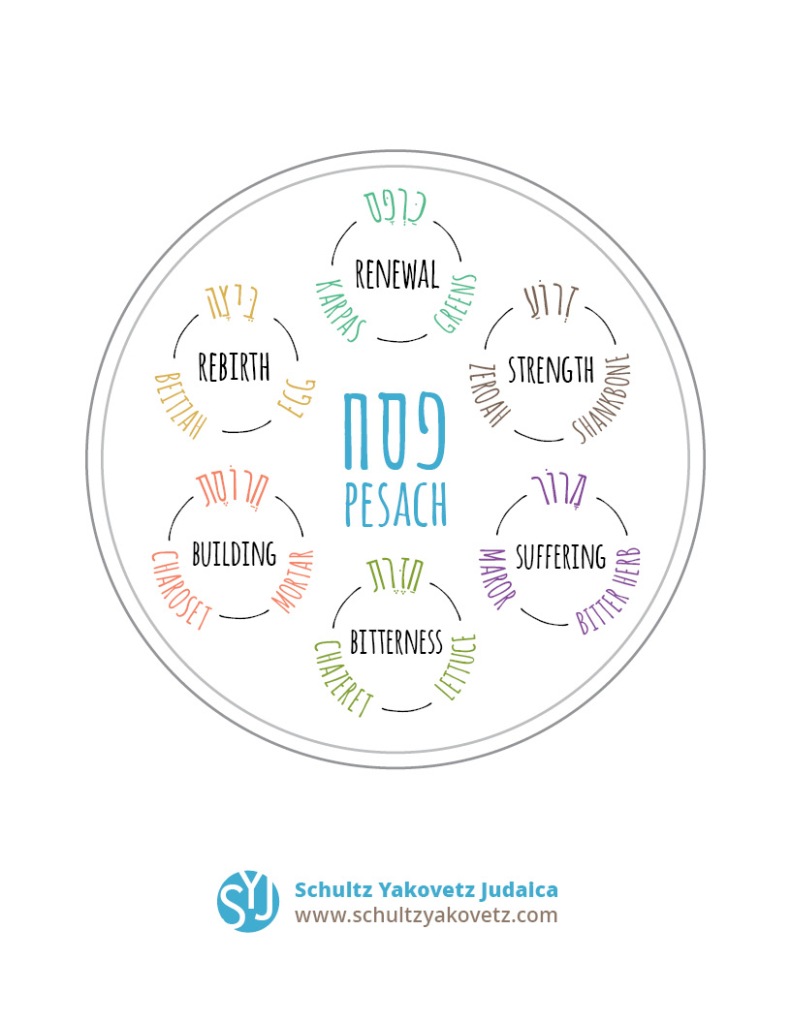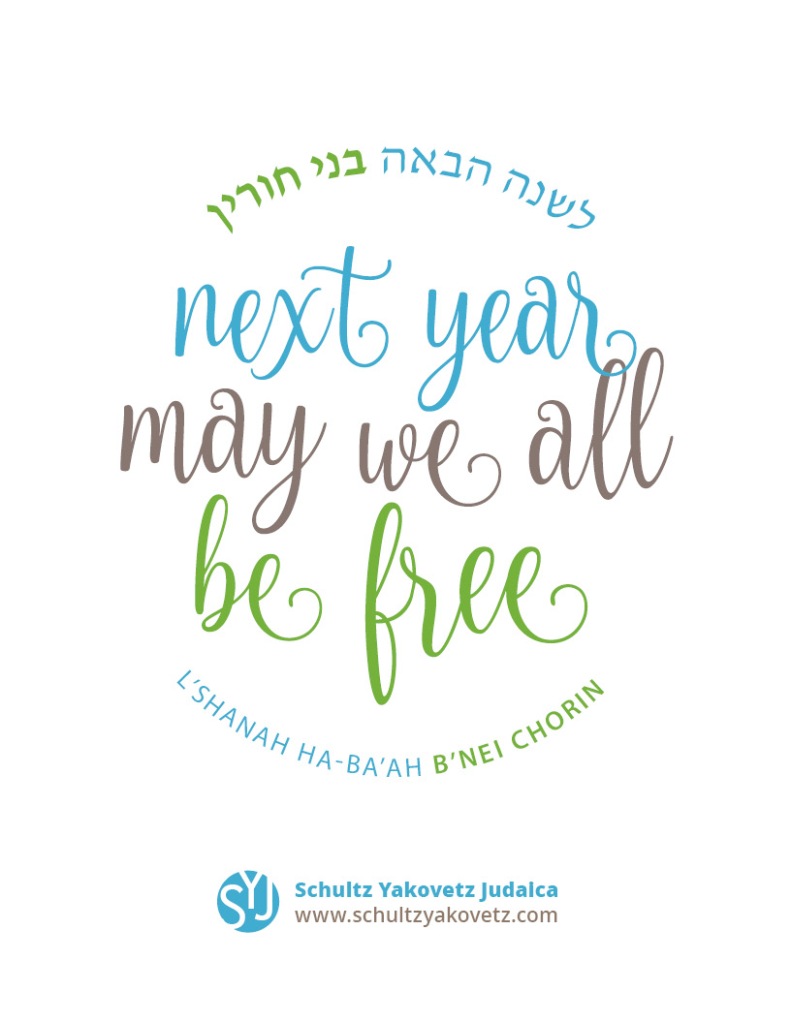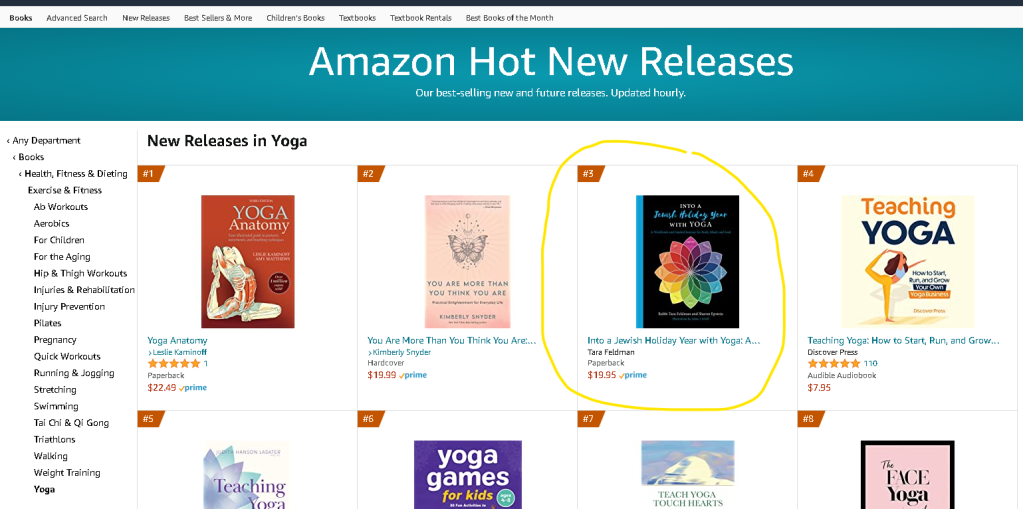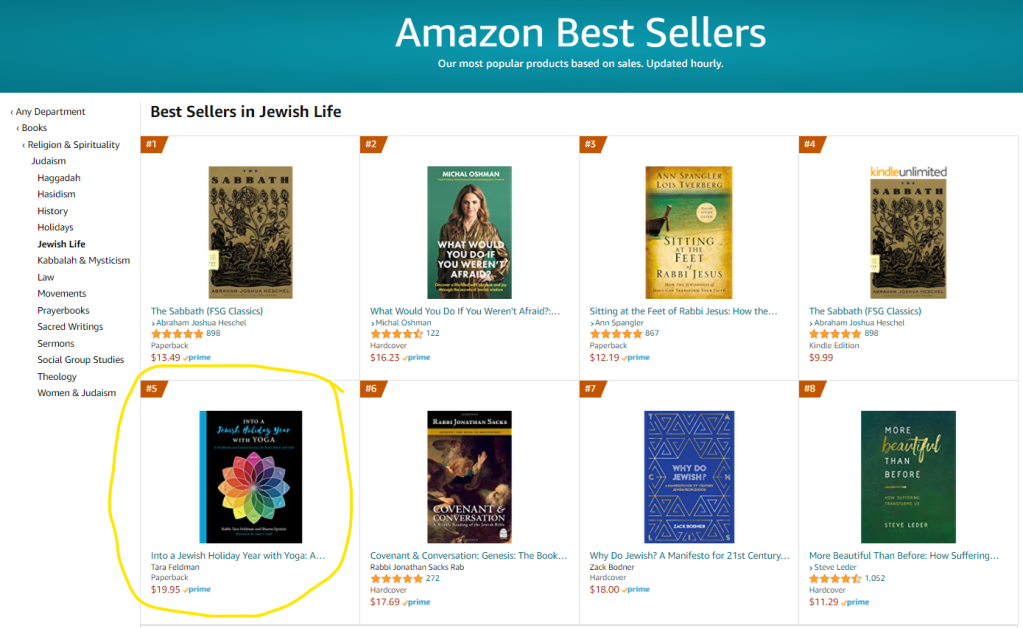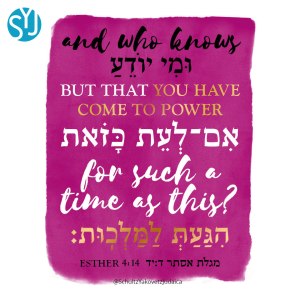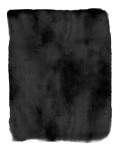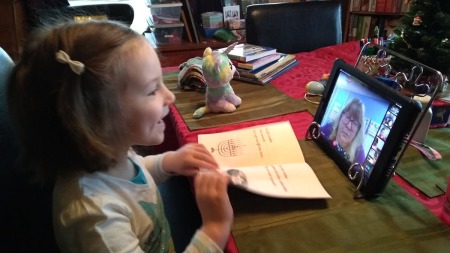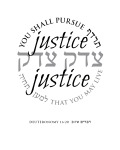(No, it’s not a new Harry Potter knockoff series, although couldn’t you just see that?)
tl;dr It’s the New Year of the Trees, so join me tonight at 6pm CST / 7pm EST for a virtual Tu B’Shvat seder with the Tremont St. Shul. Email or PM me for the Zoom info. BYOF – Bring Your Own Fruit!
Some 20 years ago, I was running the 20s&30s young adult group at my synagogue, Temple Beth Shalom of Cambridge (MA), a.k.a. the Tremont Street Shul. I believe the first time we ran a formal Tu B’Shvat seder was in 2001, because I stayed up all night cobbling together a seder packet, which you can still download today from my website. It was a popular event year after year, with fruit platters, red and white wine, candles and eucalyptus branches on the tables. I’ve always had a fondness since then for Tu B’Shevat, the New Year of the Trees.
In 2020 and 2021, as we all became Zoom-based lifeforms in the wake of the Covid pandemic, synagogues (like most organizations) began searching for ways to build virtual community. In the spring of 2021, TBS had the great idea to run a virtual Tu Bishvat program and send out fruit baskets to their members, and they asked me to run an abridged version of the seder. It was really an honor to participate and a joy to see so many of my old chevre.
It went over well enough that they’re doing it again for 2022, tonight at 7pm EST (6pm CST). It’s free and open to the public, so contact me if you’d like the Zoom information, or sign up here.
Below are my notes from last year, since I had my script mostly written out. This year we’ll try to make it a little more focused and in-depth, but this is good background for anyone.
INTRO TO TU BISHVAT
Tu B’Shvat, the 15th of the month of Shvat, is mentioned in Mishnah Rosh Hashanah as one of four “New Years”, the New Year of the Trees. But it didn’t start out as a holiday with ethical messages, special celebrations, or rituals. Originally it was a legal tool for counting the age of a tree, which was important for two reasons: orlah and ma’aser.
- Ma’aser is the tithe, meaning one-tenth of a given year’s produce went to support the cohanim and levi’im, the priestly castes, who could not own land.
- Orlah is the fruit produced during a tree’s first three years. According to Jewish law, this fruit may not be eaten or sold; it is set aside, left alone, as a reminder that all food comes from G-d. The question is, how do we know how old a tree is for purposes of counting orlah? Rather than remembering the age of each individual tree. Jewish law established 15 Shvat as the birthday of all fruit-bearing trees. As of 15 Shvat, every tree is considered one year older. So you might call it “the fiscal year-end of the trees”.
The Kabbalists noted that this teaching in the Mishnah actually says “the tree,” ilan, rather than the plural “trees,” ilanot. Why? They said that this refers to the cosmic Tree of Life, which was one of their central metaphors for reality. The roots of the Tree of Life are in heaven; the sap of Divine vitality and life flows downward through its trunk and branches to renew and energize the world at every moment.
The Kabbalists invented the idea of a seder to celebrate Tu BiShvat. As part of their seder, they placed pitchers of both white and red wine on the table. For them, white represented hibernation, the waning of life’s power during the winter months of shrinking sunlight. Red represented the reawakening and gradual strengthening of nature’s life force. Through the seder, as we will see, they acted out and fostered the ascendance of this life force. With the triumph of the red, spring would not be far behind.
The Kabbalah speaks of four worlds. Each lower world is farther from the Infinite One; it receives its life and vitality from the world above it. Each higher world infuses the world below it as its essence. Each lower world is a “garment” or a shell for the world above it. So in order from highest to lowest, the worlds are:
- Atzilut, nearness to G-d or Emanation directly from G-d.
- Beriah, Creation – at the Divine level;
- Yetzirah, Formation – the world of the angels;
- Asiyah, Action or Completion – our own material world.
The mystic goal is to reach G-d at the center of reality. We’re going to start in our own material world of Asiyah and work inwards and upwards toward the Divine emanation. Here’s how we do it:
In the Tu BiShvat seder, we classify fruits and nuts into four categories that represent the four worlds. The analogy is based on the word kelippa, “shell”, which in Kabbalah signifies a negative force that conceals G-dliness. The categories are based on the physical structures of the fruits.
THE LOWEST WORLD: ASIYAH
The world of Asiyah is the level of material existence at its most basic. The fruits we eat are the most weighed down by their physicality.
The first cup of wine is completely white. It symbolizes the white of winter, the sleeping earth. The growth of the past year is completed; the potential for next year’s growth lies dormant until the time is ripe.
Asiyah is represented by fruits and nuts with an edible inside but an inedible outer shell or peel, because in this world, the path to the center is blocked from the start.
- citrus, coconut, tree nuts: borei pri ha-eitz
- bananas: borei pri ha-adamah
THE SECOND WORLD: YETZIRAH
Yetzirah is the world of Formation – the process of creating Something out of Something else at hand.
Yetzirah represents birth and renewal. So the second cup of wine symbolizes spring, the time of rebirth. It is white just touched with red, the color of the swelling blossoms on the tree which will eventually become the fruit.
Yetzirah is represented by fruits with a soft, edible outside but a hard inner pit, because in this world, we are closer to G-d, but the center is still blocked.
- dates, olives, mangoes, stone fruit: borei pri ha-eitz
THE THIRD WORLD: BERIAH
Beriah is the level of Divine Creation – of causing Something to arise from Nothingness, as only the Holy One can create: purely by means of linguistic movement.
The third cup of wine consists of equal parts red and white. This “balance of powers” gives it the brightest hue of red, as it shines with more light than red wine alone. It blazes like the moon in its fullness or the sun at its zenith. It symbolizes summer: the time of luxuriant growth, of nature in full bloom.
Beriah is represented by fruits that are totally soft and edible, with no interfering husk, shell or pit- because this world is nearer to G-d so that there is no obstacle to our communion with G-d. These fruits are the closest to pure emanation, and are both the most vulnerable and the most accessible to us. The more vulnerable and accessible we are, the closer we can come to G-d and the purity of creation.
- strawberries, raspberries: borei pri ha-adamah
- grapes, blueberries, apples, pears, figs: borei pri ha-eitz
THE HIGHEST WORLD: ATZILUT
Atzilut is the world of Divine Emanation directly from the Ein-Sof, the Limitless One. Contained in these emanations is the potential for all possibilities. This is the world of silence, of nothingness, of pre-creation.
The fourth and last cup of wine, symbolizing autumn, is the deepest shade of red. It is the color of life’s blood spilled, of leaves at their most brilliant before they fall to the ground. It is the color of fruits fully ripened which are now ready for harvest, ready to pass on their life essence to nourish and sustain. It is the last color of the setting of the sun – and also, the first color of its rising.
The world of Atzilut cannot be symbolized by a fruit’s physical characteristics. However, it can be suggested by the scent of a fragrant fruit. The Rabbis taught that a pleasant scent delights and benefits the soul, rather than the body.
It turns out that there is a special halachic category for fruits that are enjoyed for fragrance rather than flavor. Members of this rarefied category include etrog and quince (both good for making into jelly, but not eating out of hand). So on these there is a special blessing, for smelling rather than eating them:
- etrog, quince: ha-notein reiach tov ba-peirot, “Who gives a good fragrance to fruits.”
We’ve also included some special tree products in this category that aren’t fruit, but are used as spices.
- cinnamon, bay, juniper: borei atzei besamim
DISCUSSION
To wind up the seder, we broke out into small groups, and I offered the following discussion questions. (For the 2022 seder, I’m planning to incorporate these more centrally into the seder format.)
- World 1: What does it feel like when our intention is blocked from the outside?
- World 2: What does it feel like when our intention is blocked from the inside?
- World 3: What does it feel like when our intention moves freely through us?
- World 4: What does it feel like when our experience transcends our intention?
Tu B’Shevat Sameach, everyone!
